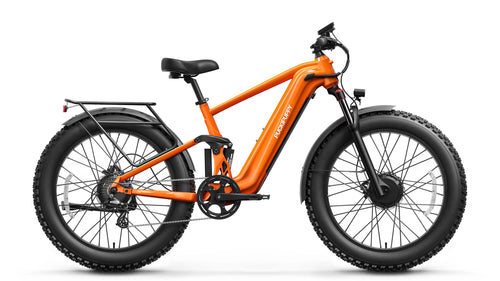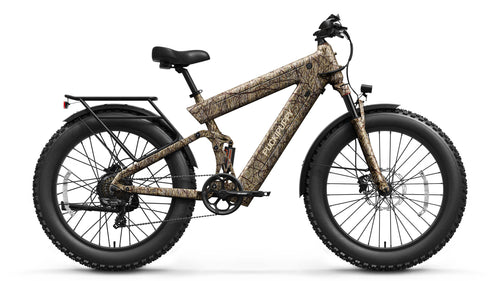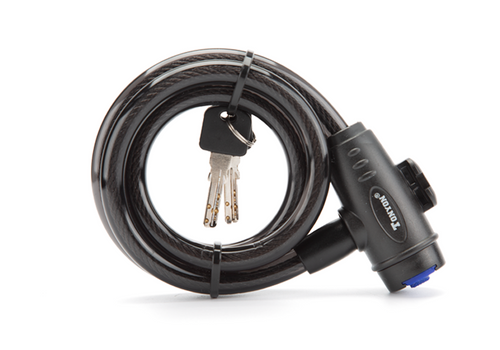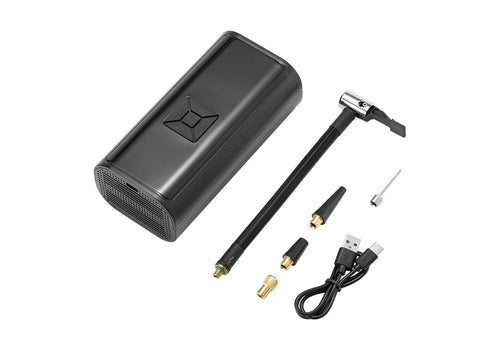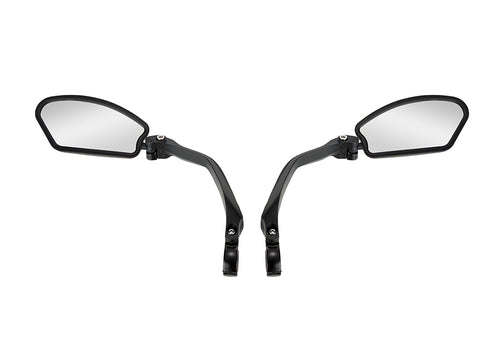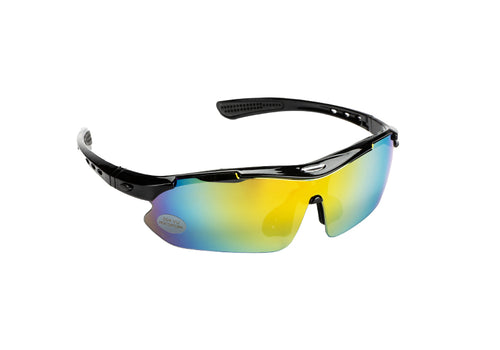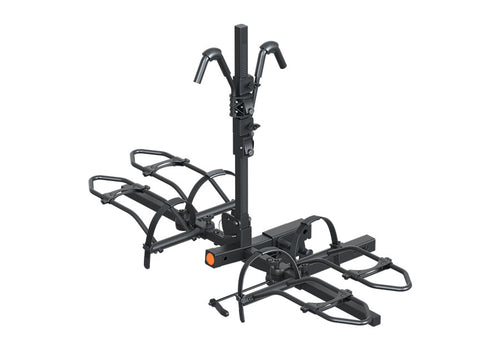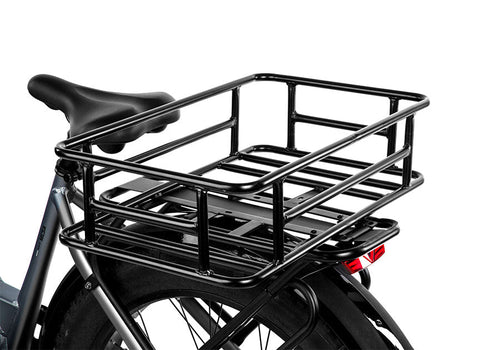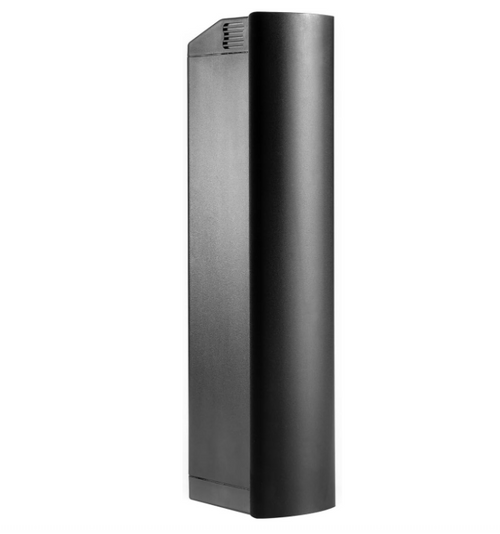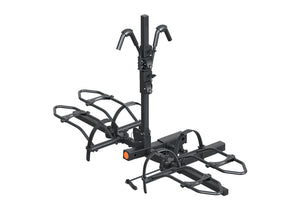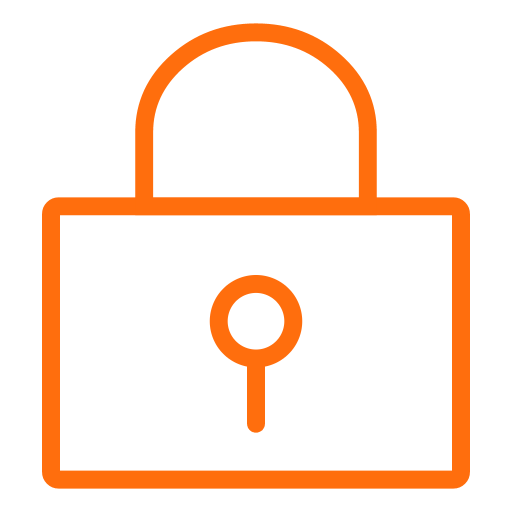Through your use of this website
we or service providers may use third-party website analytics tools or other licensed technologies to collect information about your use of this website. This information may be combined with other information you choose to submit to us. This information may also be merged into aggregated information about site visitors and traffic. We may also use analytics tools from third-party service providers to distinguish and analyze user behavior. Here are the details and reasons for how we do this:
Log Files
We or service providers may collect anonymous information and technical information from your computer, including your Internet Protocol (IP) address, data about your computer or other devices, the type of browser or operating system you use, the programs, services, and software versions you use, the address of any website you access when requesting a web page on this website, and any links to other websites. We use this information for statistical purposes to ensure that the pages on our website display and operate correctly on your computer, determine which website referred you to our website, personalize your access to our website, or conduct our own analysis and research to improve our plans, products, services, and content. We use service providers to collect and analyze this information, and we reserve the right to change the service providers who collect and analyze the described information in the future. If you do not agree with PUCKIPUPPY or its service providers collecting and using your anonymous information and technical information as described in this paragraph, your choice is to stop using this website or contact us as described in "Control Your Personal Information."
Cookies
Cookies are small text files stored on your computer or device when you visit certain online pages that record your preferences. PUCKIPUPPY and our service providers use cookies to track the usage of our website and online services. Cookies can also be used to monitor traffic, improve the website, make the website more convenient and/or suitable for your use, and enhance the effectiveness of our advertising on other websites. You can choose not to accept cookies by adjusting your browser settings to not accept cookies or to notify you when cookies are being sent to you. However, if you delete or disable cookies, certain features of our website or other services may not be available.
In general, we use first-party and third-party session and persistent cookies. The cookies we set are called "first-party cookies," and the cookies set by our service providers are called "third-party cookies." Session cookies are temporary cookies that remain on your device until you close your web browser. Many session cookies are essential for the proper functioning of our website as they typically allow you to move around our website and use our features. Persistent cookies remain on your device until you close your browser or manually delete them (the length of time a cookie remains on your device depends on the specific cookie's duration or "lifetime" and your browser settings). Persistent cookies help us identify you as an existing user of our website, so you can easily and conveniently return to our website or interact with our services without having to log in again. Additionally, persistent cookies can help us identify you when you view resources belonging to our website (such as advertisements) from other websites or applications and help us record information about your browsing habits during the lifetime of the persistent cookie.
Types of Cookies
Strictly Necessary Cookies: These cookies are essential for the proper functioning of our website and ensure that you can access our services (e.g., login functionality, load balancing, navigation, form filling). Without these cookies, the website will not function properly.
Preference Cookies: These cookies allow our website to provide enhanced features or settings based on your previous visits and choices, such as language preferences, remembering login details, remembering search and filter settings, and other conveniences.
Statistical Cookies: Statistical cookies enable us to understand how visitors interact with our website by anonymously collecting and reporting information.
Social Media Cookies: These cookies are used to allow you to share or like our pages and content through third-party social media websites.
Marketing Cookies: Marketing cookies are used to track visitors on our website. The purpose is to display personalized and attractive advertisements relevant to individual users.
Web Beacons: Certain pages on this website and our emails may contain small electronic files called web beacons (also known as transparent GIFs, pixel tags, and single-pixel GIFs), which allow us or service providers to count users who have visited these pages or opened emails and gather other related website statistics (e.g., recording popularity of certain website content and verifying system and server integrity).
Social Networks: If you access any of our websites from social networking sites (e.g., Facebook or Twitter), or if you agree to associate your account with us through social networking sites, we may also receive personal information about you from such social networking sites. Our receipt of your personal information through social networking sites is subject to the terms of use and privacy policies of the social networking sites. For marketing purposes only, we may retain this information together with the information we directly collect from you.
Information We Collect Offline
When you visit the PUCKIPUPPY retail showroom for purchases/payment, fill out registration agreements, visit, test ride e-bikes, or submit inquiries at such retail showrooms, we collect information. This may include:
Your personal contact information, such as your name, address, email address, and phone number.
Your sensitive personal information, such as your emergency contact and posting information, driver's license number, and employer information.
Your financial information is required for payment processing.
Video recordings of your entry and exit from our retail showrooms.
Information collected offline by third parties to facilitate services, such as credit card, bank, or other payment-related information.
How We Use Your Information
We use your personal information for the purposes described during collection and manage the internal operations and security of our website according to this privacy statement. We may also use your personal information for analysis and direct marketing purposes, including:
Regularly sending you emails and newsletters.
Confirming, sending, and tracking your orders, subscriptions, or registrations.
Communicating with you regarding information about your orders, subscriptions, or registrations.
Responding to customer inquiries.
Sending you surveys and other communications.
Analyzing preferences, trends, and statistical data.
Notifying you of our new products, services, and offers.
Providing you with information about PUCKIPUPPY and related to PUCKIPUPPY.
We will only contact you in a manner compatible with the communication preferences you have chosen. However, even if you choose not to receive our marketing information, we may still need to contact you to address specific issues related to the services you have requested.
Other Ways We May Use Your Information
In addition to the specific purposes mentioned above, we may use the information we collect about you or that you provide to us, including any personal information, for the following purposes:
Displaying our website and its content to you.
Providing you with the information, products, or services you request from us.
Allowing you to participate in interactive features on our website or notifying you of changes to our website or any products or services we offer through the website.
Providing you with additional information from PUCKIPUPPY or affiliated companies or organizations.
Protecting your privacy and enforcing this privacy statement.
Identifying and contacting individuals or entities that may cause harm to you, PUCKIPUPPY, or others, or taking legal action against them if necessary.
Achieving any other purpose for which you provided the information.
Analyzing preferences, trends, and statistical data.
Protecting our rights and property.
Complying with legal requirements, regulations, legal processes, or court orders.
Any other purpose for which you have given consent.
Accessing Your Information
Except as described in this privacy statement, we do not share, sell, rent, or transfer your personal information. PUCKIPUPPY employees who have been trained and comply with our internal policies regarding the handling of personal information may access your information to assist you in exercising your legal rights regarding personal information.
Service providers may also access your personal information when providing services. However, we require all service providers to maintain commercially reasonable confidentiality standards to ensure the security of your personal information.
We allow some service providers to collect and analyze certain information (such as clickstream information, browser type, time and date, and subjects clicked or scrolled) to assist us in behavioral advertising when you visit our website. These service providers typically use cookies or third-party web beacons to collect this information.
Disclosure of your information
We will only disclose, sell or share your personal information or other information under the following circumstances:
To Service Providers: We may disclose, sell or share Personal Information with one or more service providers who contract with us to provide services to us or to provide services you request from us. We may also disclose personal information to one or more service providers who are interested in providing services or products to you. We do not control how these service providers use or disclose your personal information.
To Affiliates: We may disclose, sell or share personal information with one or more third parties with whom we contract ("Affiliates") solely for the purpose of providing you with the services you have requested. Affiliates may contact you directly via email, telephone, regular mail, in-person visits, or other means. We do not control how these affiliated businesses use or disclose your personal information.
To Affiliates: We may disclose some or all of your personal information to our parent company, subsidiaries, joint ventures or other companies under common control with us, in which case this privacy statement will be the same as that applicable to PUCKIPUPPY The range is the same.
For our internal analytics and operations: We may disclose personal information to third-party vendors for our own internal statistical, design or operational purposes, such as estimating our audience size, measuring aggregate traffic patterns, and understanding our users’ Demographic trends. The use and disclosure of your personal information by these third parties is limited to the performance of such tasks and is kept confidential.
For legal and other compliance: We may disclose personal information when we believe it is appropriate:
Comply with the law;
Enforce or apply this Privacy Statement or our other policies or agreements to protect our or our users’ rights, property or safety;
protect our users from fraudulent, abusive or illegal use of our website;
If we reasonably believe that emergency circumstances involving an immediate danger of death or serious bodily harm to any person require immediate disclosure of communications or justify disclosure of records.
As part of a business transfer:
We may disclose personal information in connection with any merger, acquisition, debt financing, sale of company assets or other business transaction.
As Aggregated Information
We may share or sell aggregated, anonymous information that contains or is based on your information to our advertisers, business partners and other third parties. We take technical and organizational steps to anonymize your information and combine it with information from other users so that it does not directly identify you. These third parties may use this information for marketing, promotional or statistical purposes. We do not restrict third parties' use of aggregated information.
OTHER TRACKING TECHNOLOGIES
In addition to cookies, we may use web beacons, pixel tags, and other tracking technologies on the Site to help customize the Site and improve your experience. A “web beacon” or “pixel tag” is tiny object or image embedded in a web page or email. They are used to track the number of users who have visited particular pages and viewed emails, and acquire other statistical data. They collect only a limited set of data, such as a cookie number, time and date of page or email view, and a description of the page or email on which they reside. Web beacons and pixel tags cannot be declined. However, you can limit their use by controlling the cookies that interact with them.
PRIVACY POLICY
For more information about how we use information collected by cookies and other tracking technologies, please refer to our Privacy Policy posted on the Site. This Cookie Policy is part of and is incorporated into our Privacy Policy. By using the Site, you agree to be bound by this Cookie Policy and our Privacy Policy.




















